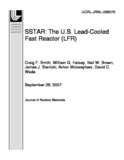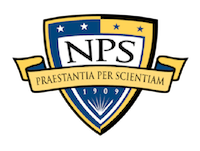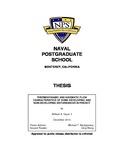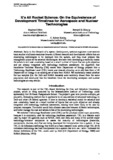SSTAR: the U.S. lead-cooled fast reactor (LFR)

Download
Author
Smith, Craig F.
Halset, William G.
Brown, Neil W.
Sienicki, James J.
Moisseytsev, Anton
Wade, David C.
Date
2008-06-15Metadata
Show full item recordAbstract
It is widely recognized that the developing world is the next area for major energy demand growth, including demand for new and advanced nuclear energy systems. With limited existing industrial and grid infrastructures, there will be an important need for future nuclear energy systems that can provide small or moderate increments of electric power (10-700 MWe) on small or immature grids in developing
nations. Most recently, the Global Nuclear Energy Partnership (GNEP) has identified, as one of its key objectives, the development and demonstration of concepts for small and medium sized reactors (SMRs) that can be globally deployed while assuring a high level of proliferation resistance. Lead-cooled systems offer several key advantages in meeting these goals. The small lead-cooled fast reactor concept known as the Small Secure Transportable Autonomous Reactor (SSTAR) reactor has been under ongoing
development under the U.S. Generation IV Nuclear Energy Systems Initiative. It a system designed to provide energy security to developing nations while incorporating features to achieve nonproliferation aims, anticipating GNEP objectives. This paper presents the motivation for development of internationally deployable nuclear energy systems as well as a summary of one such system, SSTAR, which is the U.S. Generation IV Lead-cooled Fast Reactor system.
Description
The article of record as published may be found at http://dx.doi.org/10.1016/j.nucmat.2008.02.049
Collections
Related items
Showing items related by title, author, creator and subject.
-
Counter Directed Energy Warfare (CDEW)
Blau, Joseph A.; Johnson, Bonnie W.; Cohn, Keith; Green, John (Monterey, California: Naval Postgraduate SchoolMonterey, California. Naval Postgraduate School, 2019-12); NPS-19-N003-ADirected Energy Weapons (DEW) will proliferate and become a threat exploited by adversaries due to high potential mission success and low cost compared to traditional weapons. Counter DEW (CDEW) methods and capabilities ... -
Thermodynamic and kinematic flow characteristics of some developing and non-developing disturbances in predict
Sauer, William A.,II (Monterey, California. Naval Postgraduate School, 2014-12);The development of tropical disturbances into tropical cyclones is not well understood. The lack of data on developing and non-developing tropical disturbances makes theoretical models difficult to test empirically. This ... -
It’s all rocket science: on the equivalence of development timelines for aerospace and nuclear technologies
Crépin, Maxime; El-Khoury, Bernard; Kenley, C. Robert (INCOSE, 2012);Early in the lifecycle of a system development, systems engineers must execute trade studies to allocate resources between different research and development efforts that are developing technologies to be deployed into the ...


 Article (189.1Kb)
Article (189.1Kb)

